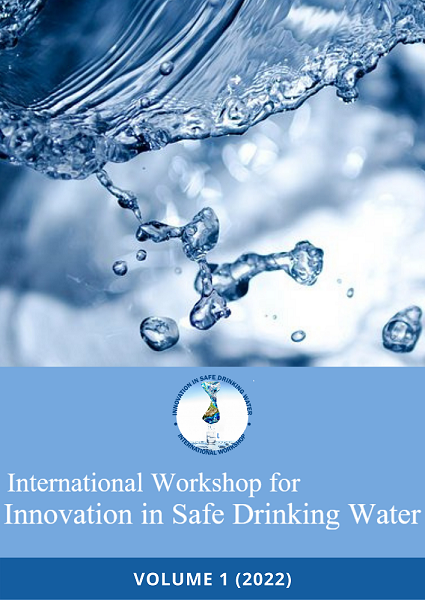Resumo
Environmental problems related to water resources and soil degradation are increasingly frequent, resulting in changes in the hydrological cycle and in the fluvial characteristics of hydrographic basins. The presence of small dams along the hydrographic network can contribute to the guarantee of ecological flow, even in periods of drought. However, the identification and location of these structures is difficult, as they often do not have the proper authorization. Thus, this work aims to evaluate the availability of water in the Piraí River Basin, using the Normalized Difference Water Index (NDWI) tool, based on satellite images. The Ribeirão Piraí sub-basin is located in the region of the Piracicaba-Capivari-Jundiaí River Basin (PCJ), and has accelerated urban growth, which together with the increase in other human activities in recent decades, contributes to a significant change in several natural cycles. From the results, it is observed that the tool proved to be adequate to perform the temporal analysis of the formation of water mirrors (through the sequential analysis of successive satellite images) to understand the regional dynamics, as well as the general water availability of the basin.
Referências
BACK, Á. J. Bacias hidrográficas: Classificação e caracterização física. Florianópolis: EPAGRI, 2014. 162p.
BRENNER, V. C.; GUASSELLI, Laurindo Antônio. Índice de diferença normalizada da água (NDWI) para identificação de meandros ativos no leito do canal do rio Gravataí/RS–Brasil. Anais XVII Simpósio Brasileiro de Sensoriamento Remoto-SBSR, João Pessoa-PB, Brasil, v. 25, 2015.
POLETO, C. Bacias Hidrográficas, Modelos e Ferramentas, GFM, Brasil, 2019, 216p.
MERRIT, W.S.,R.A. LETCHER, A.J. JAKEMAN, A review of erosion and sediment transport models, Environmental Modelling & Software, Volume 18, Issues 8–9, 2003, Pages 761-799, ISSN 1364-8152, https://doi.org/10.1016/S1364-8152(03)00078-1.
MURILLO-BERMUDEZ, L. F., SALUSTIANO MARTIM, A.L.S., SILVA de ABREU, A.E., FAIS, L.M.C.F., DALFRE FILHO, J.G., Ci. e Nat., Santa Maria, v. 44, Ed. Esp. VI SSS, e24, 2022 DOI: 10.5902/2179460X68805, ISSN 2179-460X
CAMERAS IMAGEADORAS CBERS 04A. http://www.cbers.inpe.br/sobre/cameras/cbers04a.php. Acesso em 04 de outubro de 2022.
STEFFEN, W. et al. The trajectory of the Anthropocene: The Great Acceleration. The Anthropocene Review. v. 2, n. 1, p. 81-98, 2015. DOI:10.1177/2053019614564785. Disponível em: https://journals.sagepub.com/doi/10.1177/2053019614564785. Acesso em: 30 jul. 2021.
DRISCOLL M, CLINTON S, JEFFERSON A, MANDA A, MCMILLAN S. Urbanization Effects on Watershed Hydrology and In-Stream Processes in the Southern United States. Water. 2(3):605-648, 2010. DOI: 10.3390/w2030605.
TUNDISI, J. G. Novas perspectivas para a gestão de recursos hídricos. Revista USP, (70), 24-35, 2006. DOI: https://doi.org/10.11606/issn.2316-9036.v0i70p24-35.
TUNDISI, J. G. & MATSUMURA-TUNDISI T. Recursos Hídricos no Século 21. Oficina de textos. 328 pp. 2011.

Este trabalho está licenciado sob uma licença Creative Commons Attribution 4.0 International License.
Copyright (c) 2022 Luiz Henrique Cardia, André Luis Sotero Salustiano Martin, Laura Maria Canno Ferreira Fais
